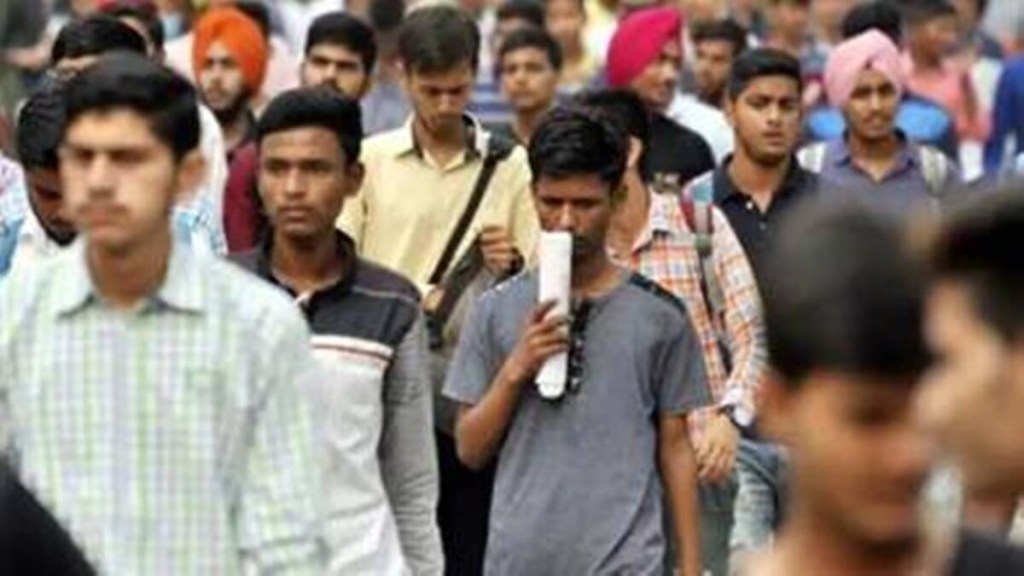Differences in estimates of joblessness can crop up due to various reasons such as varied definitions of unemployment or time periods under review, said Rajeeva Laxman Karandikar, Chairperson, National Statistical Commission.
Agencies having slightly different data was not surprising, he said, adding that even with the best of efforts, the estimate obtained by the same method may differ marginally. “What difference is tolerable would depend on the sample size in the surveys,” he told FE, adding that to question the sanctity of data just because the estimates are different is not correct.
Karandikar’s comments come amid debate on unemployment estimates provided by private agencies like CMIE and the Unemployment Rate and the Periodic Labour Force Survey (PLFS) conducted by the Ministry of Statistics and Programme Implementation.
The CMIE has recently reported all-India unemployment rate at 8.3% in December, the highest in 16 months. However, on Wednesday, the labour ministry said the PLFS indicates that the employment market has not only recovered from the jolt of the Covid-19 pandemic, but also is at levels higher than the pre-pandemic level. Without naming any agency, the ministry said that surveys conducted by “private organisations” are generally neither scientific nor based on internationally accepted norms.
Karandikar declined to comment on which survey he considers to be the most stable or correct for measuring employment and unemployment in the country.
“I would like to understand what they’re doing before passing a judgment. One has to see what are the differences in methodology – are there timing differences, definitional differences, differences in sample size etc and the sampling methodology adopted,” said Karandikar, who was appointed as the chairperson of the NSC in December 2022. He chaired the NSC’s first meeting this week since taking charge.
The NSC was set up in 2006 with a mandate to evolve policies, priorities and standards in statistical matters.
Also read: BSNL to launch 5G services in India in 2024, 4G expected in January 2023
Karandikar pointed out that a lot would depend on the definition of unemployment being used. “For example, somebody who chooses to be a housewife but who had an active career and at some point, decided to give up her job – would she be considered as employed or unemployed? Or a construction worker, who may not have an assured job on all days of a year, but works harder and longer on the days that he or she works employed or unemployed,” he said, adding that there are also people who work part time or freelance and are not in a contract or regular position. The design of the questionnaire is also critical. “The question, ‘Are you actively looking for a job?’ may get a different answer from the question, ‘Do you have a job?’,” he further noted. “Slightly different estimates on unemployment not surprising”

